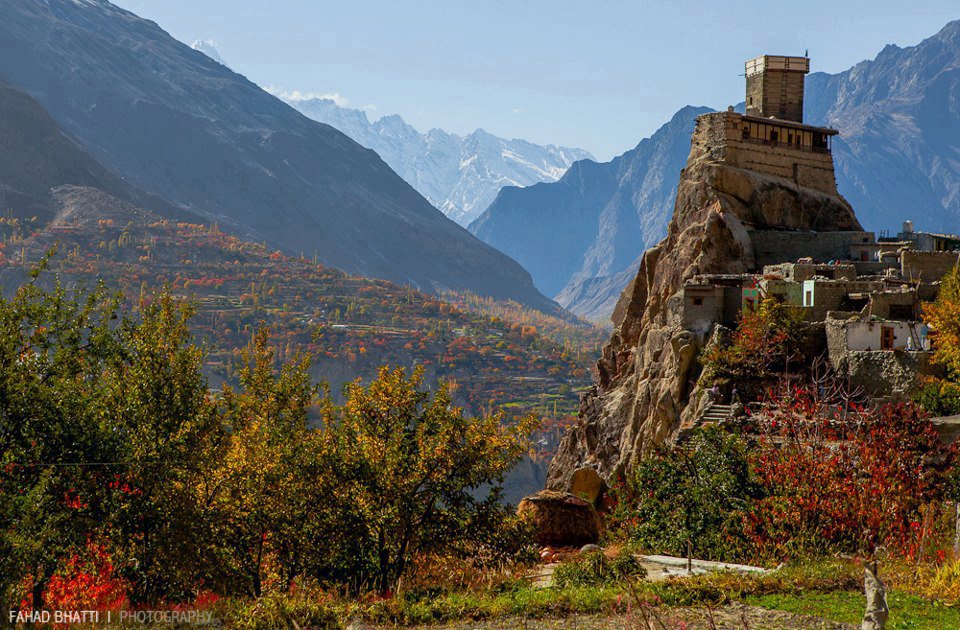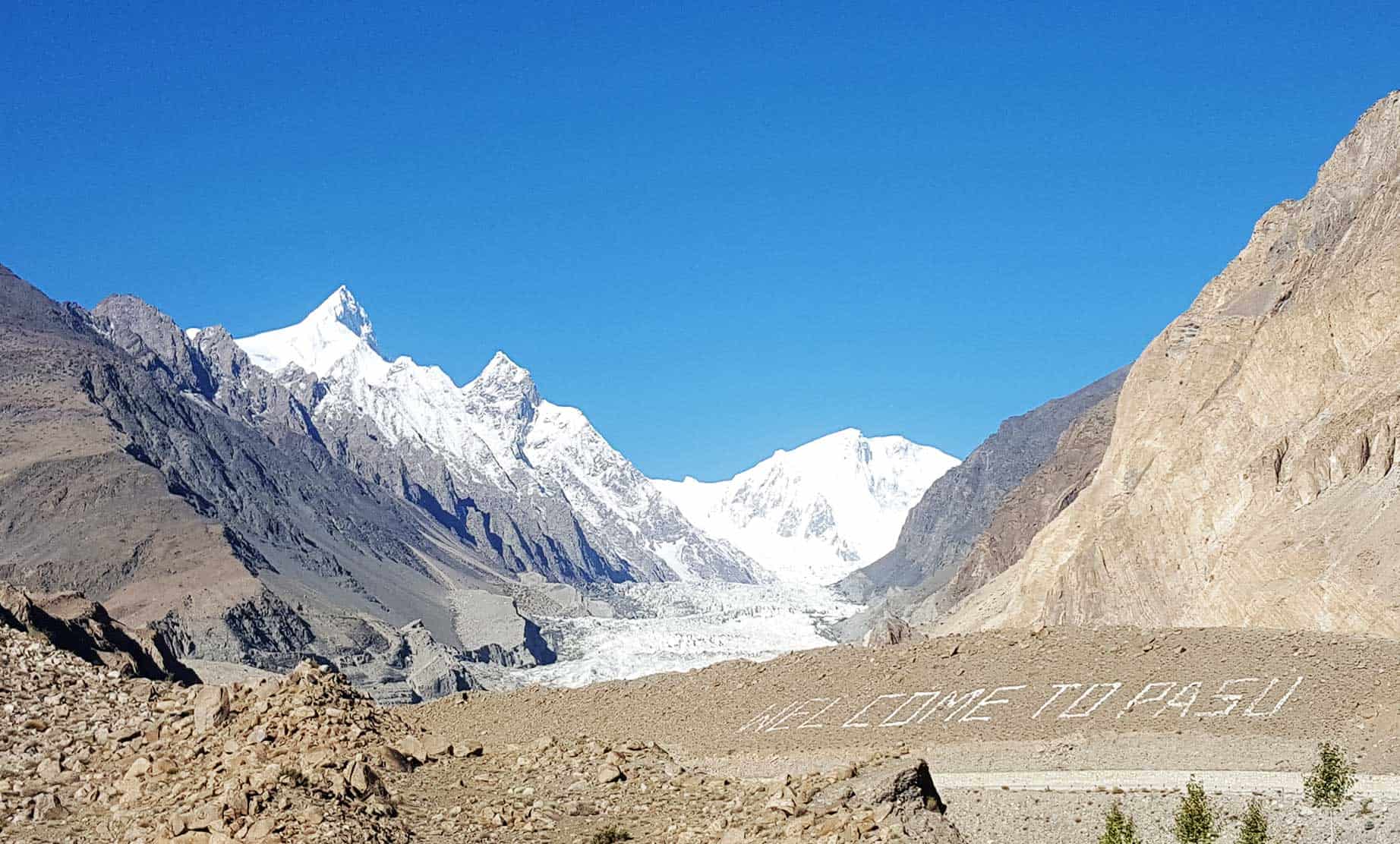
Hunza Valley beauty of pakistan
**Introduction:**
The Hunza Valley Harmony Massage is a rejuvenating experience inspired by the stunning landscapes, rich history, and vital rivers of Hunza Valley and its surrounding regions. This massage journey reflects the beauty and serenity of northern Pakistan, blending traditional techniques with the essence of its most remarkable natural features.
### **Location and Journey**
**Where is Hunza Valley?**
– **Location**: Hunza Valley is located in the Gilgit-Baltistan region of northern Pakistan, nestled within the Karakoram Range. It is renowned for its breathtaking mountain scenery, lush green terraced fields, and historic sites.
**Distance from Lahore:**
– **Distance**: Hunza Valley is approximately 600 kilometers (373 miles) from Lahore. The journey can be undertaken by road or by a combination of flights and road travel.
### **Detailed Journey and Attractions**
**1. Lahore to Islamabad**
– **Description**: Begin your journey from Lahore to Islamabad. This leg covers approximately 290 kilometers (180 miles), taking about 4-5 hours by road or 1 hour by air.
**2. Islamabad to Naran Valley**
– **Description**: Travel from Islamabad to Naran Valley, a scenic route of about 240 kilometers (150 miles). Naran serves as the gateway to several high-altitude destinations.
**3. Naran Valley to Saiful Malook Lake**
SAIF UL MALOOK LAKE VIEW

– **Description**: From Naran, head to Saiful Malook Lake, situated at an altitude of 3,224 meters (10,578 feet). This alpine lake is surrounded by snow-capped peaks.
**4. Naran Valley to Babusar Top**
BABUSUR TOP VIEW

– **Description**: Continue to Babusar Top, located at 4,173 meters (13,700 feet). Babusar Top offers panoramic views of the surrounding peaks and valleys.
**5. Babusar Top to Chillas**
CHILLAS VIEW POINT

– **Description**: Drive down from Babusar Top to Chillas, a key transit town in the Gilgit-Baltistan region.
**6. Chillas to Raikot Bridge**
RAIKOT BRIDGE VIEW POINT

– **Description**: Travel to Raikot Bridge, where you’ll cross the Indus River, offering spectacular views of the rugged terrain.
**7. Raikot Bridge to Tatapani**
TATA PANI VIEW POINT

– **Description**: Proceed to Tatapani, known for its natural hot springs, offering a relaxing stop.
**8. Tatapani to Hunza Valley**
HUNZA IN WINTER
– **Description**: From Tatapani, journey to Hunza Valley, which is about 100 kilometers (62 miles) away.
### **Key Rivers and Their Significance**
**1. Indus River**

– **Description**: The Indus River is one of the longest rivers in Asia, originating in Tibet and flowing through Pakistan. It is a lifeline for the region, providing water for agriculture and daily life.
– **Massage Inspiration**: Begin with the Attabad Lake Glacial Cleansing, using a warm herbal infusion that reflects the purity and vitality of the Indus River.
**2. Hunza River**

– **Description**: The Hunza River is a major tributary of the Indus River, flowing through the Hunza Valley. Its crystal-clear waters are essential for the valley’s ecosystem.
– **Massage Inspiration**: Utilize rhythmic, wave-like motions in the massage to invigorate and refresh, emulating the flow and vitality of the Hunza River.
**3. Gilgit River**

– **Description**: The Gilgit River is a key river in the Gilgit-Baltistan region, merging with the Indus River. It plays a significant role in the region’s water system.
– **Massage Inspiration**: Apply flowing strokes that mimic the river’s movement, providing a soothing and revitalizing effect.
**4. Chitral River**

– **Description**: The Chitral River flows through the Chitral District and contributes to the Indus River system. It is known for its beautiful surroundings and importance to the local communities.
– **Massage Inspiration**: Incorporate gentle, calming techniques that reflect the river’s serene flow.
**5. Shigar River**

– **Description**: The Shigar River is a tributary of the Indus River, flowing through the Shigar Valley. It is important for the local agriculture and ecosystem.
– **Massage Inspiration**: Use soothing, rhythmic strokes to represent the nurturing qualities of the Shigar River.
**6. Astore River**

– **Description**: The Astore River, flowing through the Astore Valley, is another important tributary of the Indus River. It enhances the valley’s natural beauty and resources.
– **Massage Inspiration**: Implement invigorating techniques to mimic the river’s energizing properties.
### **Notable Attractions in and Around Hunza Valley**
**1. Hunza Valley**

– **Description**: A beautiful valley with terraced fields, traditional villages, and stunning mountain scenery.
**2. Karimabad**

– **Description**: A historic town known for the Baltit and Altit Forts, offering panoramic views and cultural insights.
**3. Altit Fort**

– **Description**: One of Hunza’s oldest forts with a rich history and stunning views.
**4. Baltit Fort**

– **Description**: A restored 700-year-old fort with cultural significance.
**5. Passu Peaks**

– **Description**: Iconic peaks offering dramatic views and symbolizing Hunza’s rugged beauty.
**6. Rakaposhi Viewpoint**
– **Description**: A viewpoint along the Karakoram Highway with stunning views of Rakaposhi.
**7. Naltar Valley**

– **Description**: Known for its colorful lakes (Blue Lake and Satrangi Lake) and alpine scenery.
**8. Hussani Bridge**

– **Description**: A thrilling bridge known for its challenging crossing.
**9. Khunjerab Pass**

– **Description**: The highest international border crossing in the world, offering breathtaking views.
**10. China Border**

– **Description**: The border at Khunjerab Pass connecting Pakistan with China.
**11. Nanga Parbat Viewpoint**

– **Description**: Offers spectacular views of Nanga Parbat, the ninth-highest mountain in the world.
### **Massage Steps Inspired by Rivers and Attractions**
1. **Attabad Lake Glacial Cleansing**
– **Technique**: Begin with a warm herbal infusion and gentle exfoliation inspired by the purity of the Indus River and Attabad Lake.
2. **Karimabad Serenity Stroke**
– **Technique**: Long, flowing strokes using apricot and wild rose oils, reflecting Karimabad’s calming beauty.
3. **Passu Peaks Pressure Point Therapy**
– **Technique**: Targeted pressure points to relieve stress, inspired by the strength and resilience of the Passu Peaks.
4. **Hunza River Revival**
– **Technique**: Rhythmic, wave-like motions to invigorate, emulating the flow of the Hunza River.
5. **Eagle’s Nest Tranquil Ending**
– **Technique**: Gentle, soothing strokes with essential oils from local flora, inspired by the serene views from the Eagle’s Nest.
### **Conclusion**
The Hunza Valley provides a rich, immersive experience that connects you with the stunning landscapes and vital rivers of northern Pakistan. This journey from Lahore through key rivers and attractions culminates in the serene beauty of Hunza Valley, offering a holistic massage experience that rejuvenates both body and mind, inspired by the natural and cultural wonders of the region.
If anyone want to travel with us then feel free contact thank you.
HOPESTONE TRAVEL AND TOUR